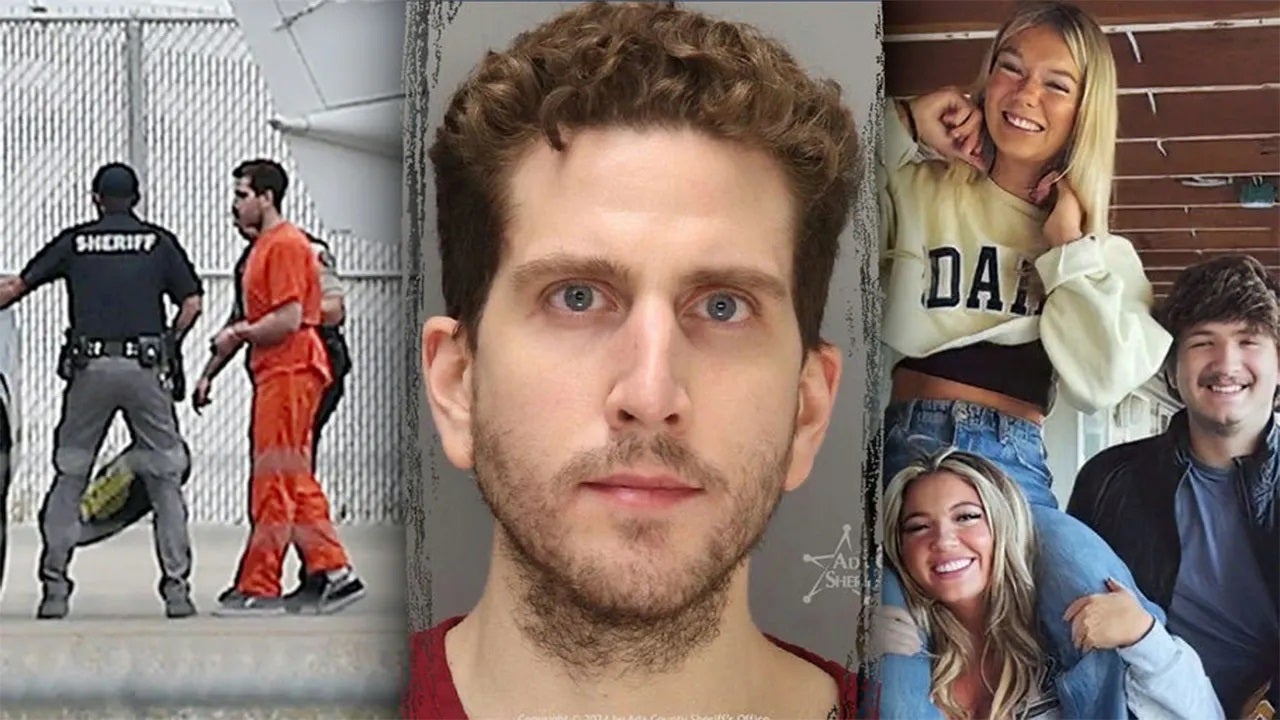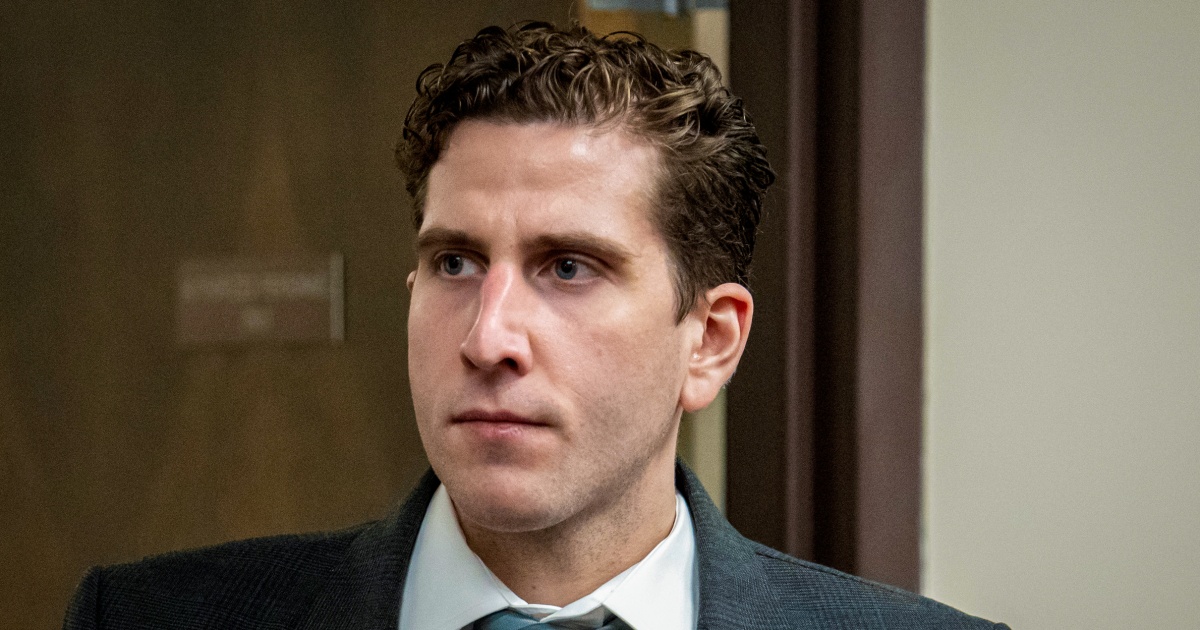An Idaho judge has unsealed a 175-page partially redacted transcript of a closed-door hearing with Bryan Kohberger's defense team related to genetic evidence.

www.fox13seattle.com
Bryan Kohberger case: Idaho judge unseals transcript of closed-door IGG hearing
An Idaho judge has unsealed a 175-page partially redacted transcript of a closed-door hearing in which University of Idaho murder suspect
Bryan Kohberger's defense team sought to undermine the credibility of investigative genetic genealogy research that
helped police zero in on him in connection with a quadruple homicide.
Ada County Judge Steven Hippler had previously told both the prosecution and defense to propose redactions before releasing the transcript from a Jan. 23 hearing.
Taylor tried to portray the investigative genetic genealogy evidence, or IGG, as improperly left out of the probable cause affidavit used to justify several warrants in the case, including her client's arrest and multiple searches.
But Moscow Police Detective Brett Payne, the leader investigator, testified that the IGG lead was merely a tip and said authorities dug up more evidence that they allege linked Kohberger to the case.
"We made that decision in an effort to independently verify the information that was provided to us as a tip from the FBI, in much the same way we would any other tip in law enforcement," he testified. " So it was not in any way meant to obfuscate any sort of information, it was simply can we validate Mr. Kohberger's involvement in this incident or can we not. That was it."
Redacted information includes the identity of the surviving housemate who witnessed a man with "bushy eyebrows" leaving after she overheard sounds of a struggle, as well as the names of four brothers who were identified as potential relatives of Kohberger during the IGG process. The identities of the brothers and other distant relatives are subject to a prior protective order in the case.
Matthew Gamette, director of the Idaho State Police Forensic Services crime lab, testified that at Othram's urging, an ISP detective reached out to one of those brothers and asked him to submit his DNA to a database that law enforcement would be allowed to search.
The unidentified man at first doubted the detective's identity and later declined to cooperate, telling police not to contact him again. By Dec. 10, 2022, the FBI stepped in. Nine days later, they shared Kohberger's name with Detective Payne.'
Defense expert Dr. Leah Larkin, a genetic genealogist, testified that based on her review of discovery documents, she believes someone at the FBI violated an internal policy and the terms of service of one or more genealogy databases to come up with the lead that led to Kohberger.
"I believe we asked them to turn over the match lists, and they were like, oh, we can't turn over the whole match list because it was 20,000 people," she testified. "And that, actually, right there was a big tip-off because if they had only used GEDMatch PRO and only used FamilyTreeDNA, I think at most they could have gotten to about 10,000. So that right there tipped me off that they were in a database that they should not have been able to be in."
Through further discovery, she said the FBI "admitted to" using MyHeritage and GEDMatch (without the "PRO"), databases law enforcement isn't supposed to search.
The FBI declined to comment and instead pointed to Hippler's Feb. 17 order, which found investigators had not violated Kohberger's constitutional rights with the IGG searches.
Hippler ultimately rejected the defense motion to have IGG evidence tossed, finding nothing the FBI did violated Kohberger's constitutional rights.
During a two-day public proceeding that followed the closed hearing last month, the defense argued that the FBI violated Kohberger's Fourth Amendment protection against unreasonable searches and seizures.
Read the transcript here:





